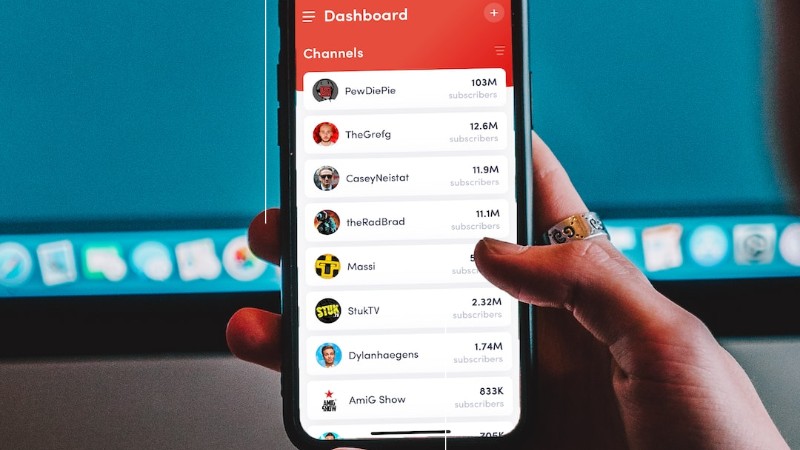YouTube is the second most popular website in the world, with over 2 billion active users. This means that there is a huge opportunity for businesses and individuals to reach a large audience and promote their products, services, or ideas on YouTube.
One of the best ways to get people to watch your YouTube videos is to optimize them for search. When people search for videos on YouTube, they’re likely to click on the videos that appear at the top of the search results.
To get your videos higher in the search results, you need to follow these SEO tips:
1. Choose the right keywords
The first step to optimizing your YouTube videos for search is to choose the right keywords. These are the words and phrases that people are likely to use when they search for videos on your topic.
To find the right keywords, you can use YouTube’s own keyword research tool, or you can use a third-party tool like Google Keyword Planner.
Once you have a list of keywords, you need to choose the ones that are most relevant to your video and that have a good balance of search volume and competition.
2. Use your keywords in your video title and description
Your video title and description are two of the most important factors that YouTube considers when ranking your videos in search results.
Make sure to include your keywords in both your title and description, but don’t keyword stuff. Your title and description should still be readable and informative.
3. Tag your videos with relevant keywords
YouTube also allows you to tag your videos with relevant keywords. This is a great way to help YouTube understand what your video is about and to rank it for more relevant search terms.
When tagging your videos, try to use a mix of broad and specific keywords. For example, if your video is about how to make a chocolate cake, you could tag it with keywords like “chocolate cake recipe,” “easy chocolate cake,” and “homemade chocolate cake.”
4. Create transcripts for your videos
Transcripts are text versions of your videos. They can help YouTube understand what your video is about and to rank it for more relevant search terms.
You can create transcripts for your videos manually, or you can use a third-party tool like Transcribe.
5. Use closed captions and subtitles
Closed captions and subtitles are similar to transcripts, but they appear on the screen while your video is playing. They can help people who are deaf or hard of hearing to understand your video, and they can also help people who are watching your video with the sound off.
To add closed captions and subtitles to your videos, you can use YouTube’s built-in tool or a third-party tool like Subtitle Maker.
6. Promote your videos
Once you’ve optimized your YouTube videos for search, you need to promote them so that people know about them. You can promote your videos on social media, in your email signature, and on your website.
You can also reach out to other YouTubers in your niche and ask them to share your videos.
7. Track your results
Once you’ve started promoting your videos, you need to track your results to see what’s working and what’s not.
You can use YouTube Analytics to track your video views, likes, comments, and subscribers. You can also use Google Analytics to track your website traffic from YouTube.
By tracking your results, you can see which keywords are converting and which ones are not. You can also see which videos are performing well and which ones are not.

